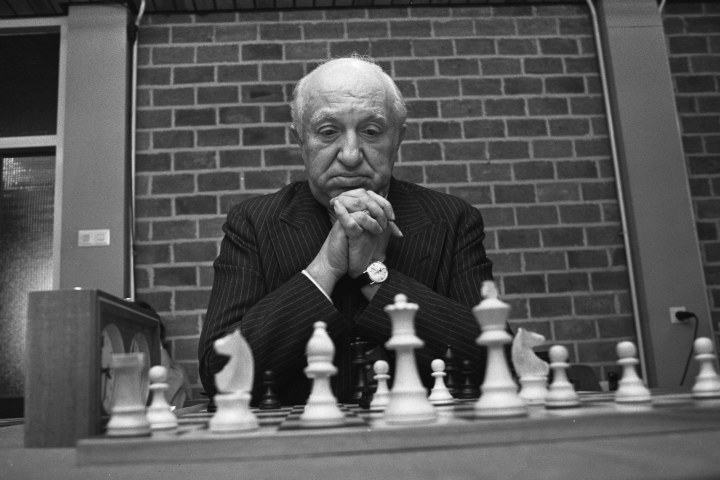Miguel Najdorf: A remarkable player and personality
Every serious chess player knows the name of Miguel Najdorf – after all, the most popular variation of the Sicilian Defence bears his name: 1.e4 c5 2.Nf3 d6 3.d4 cxd4 4.Nxd4 Nf6 5.Nc3 a6. According to the ChessBase Mega Database, Najdorf played "his" variation for the first time at the Chess Olympiad in Buenos Aires in a game against Christian Poulsen in the match Denmark against Poland, on September 18, 1939.
The idea to play 5...a6 to prepare 6...e7-e5 probably goes back to Karel Opocensky, but it was Najdorf who made the variation popular and had a lot of success with it.
The ChessBase Mega Database 2020 is the premiere chess database with over eight million games from 1560 to 2019 in high quality. Packing more than 85,000 annotated games, Mega 2020 contains the world‘s largest collection of high-class analysed games. Train like a pro! Prepare for your opponents with ChessBase and the Mega Database 2020. Let grandmasters explain how to best handle your favorite variations, improve your repertoire and much more.
The Chess Olympiad 1939 in Buenos Aires, the first Chess Olympiad outside of Europe, was a decisive turning point in Najdorf's life.
Najdorf was born on April 15, 1910 in Warsaw. His family was Jewish and gave him the name Mieczyslaw which later became "Miguel". Najdof was twelve when he started to play chess and his first teacher was the well-known chess master and writer Savielly Tartakower. When he was 22 years old Najdorf managed to draw two games against Alexander Alekhine – a sign of Najdorf's great talent.
At the Chess Olympiad 1935 in Warsaw Najdorf was part of the Polish team and played on board three behind Tartakower and Paulin Frydman. Poland won bronze and with a score of 12.0/17 Najdorf had the fifth best result on board three.
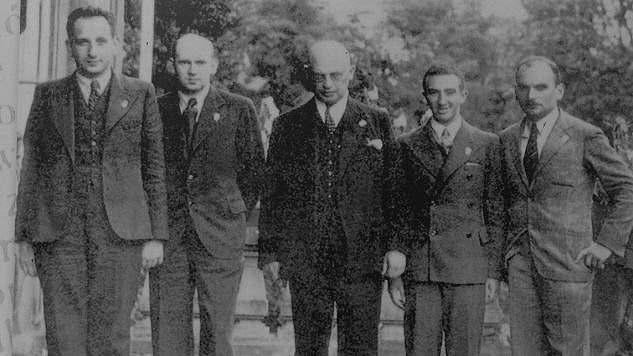
The Polish team at the Chess Olympiad 1935. Najdorf is second on the right.
In the 1930s Najdorf became of the world's best players but the Chess Olympiad in Buenos Aires 1939 changed his life dramatically because in the middle of the Olympiad, on September 1st, 1939, World War broke out after the Germans invaded Poland.
However, the Olympiad was still played to the end but after the Olympiad Najdorf decided to stay in Argentina. He thus escaped the Holocaust in Europe but his wife, his child, his mother and four of his brothers were all killed by the Nazis.
Najdorf knew about the death of his wife and child before 1945, but but in an attempt to contact family and friends after the war he decided to play a sensational blindfold exhibition in Sao Paulo in Brazil in 1947, hoping that news of this exhibition would spread to Germany, Poland or Russia and somehow reach his family. Najdorf played blindfold against 45 opponents simultaneously, winning 39 games, losing 2 and drawing 4. But he did not hear from his family.
In 1944 Najdorf became an Argentinian and between 1949 and 1975 he won the Argentinean national championship seven times. Back then Argentina was one of the strongest chess nations of the world, and at Chess Olympiads Najdorf played on first board for Argentina. From 1950 to 1954 Najdorf's team finished three times second at the Olympiads, alwasy behind the dominating Soviets.
Najdorf's individual successes include tournament victories at Prague 1946, Venice 1948, Bled 1950, Amsterdam 1950, Mar del Plata 1959 and Havana 1961. In 1950 the FIDE awarded him the grandmaster title.
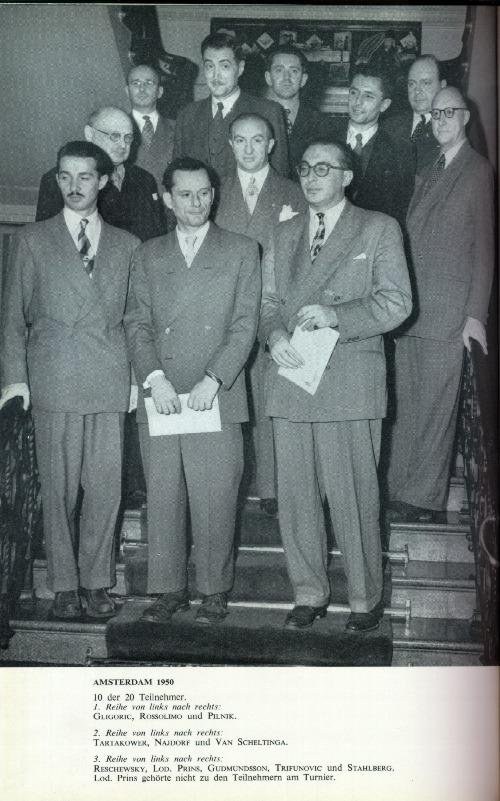
Najdorf (center), at the Amsterdam tournament 1950
According to the historical ratings by Jeff Sonas from 1946 to 1948 Najdorf was number two in the world, behind Mikhail Botvinnik, but in the 1970s he was still one of the world's best players.
Najdorf was very communicative and loquacious and ignoring petty rules he had the habit of asking other players about his own game during rounds: "What do you think about my position? Am I better or worse?" Once he even approached a player who was standing near his board: "What do you think about my position? Am I better or worse?" but the person asked remained remarkably silent. Najdorf had absent-mindedly turned to his opponent, Isaak Boleslavsky.
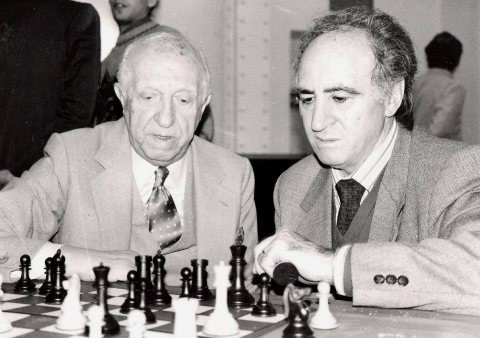
Najdorf and Polugaevsky, probably 1994
In 1962 Najdorf played in Havana. Among the daily visitors of the chess event were Fidel Castro and Che Guevara, both great chess fans. Najdorf was asked if he could give a blindfold simul against members of the Cuban government.
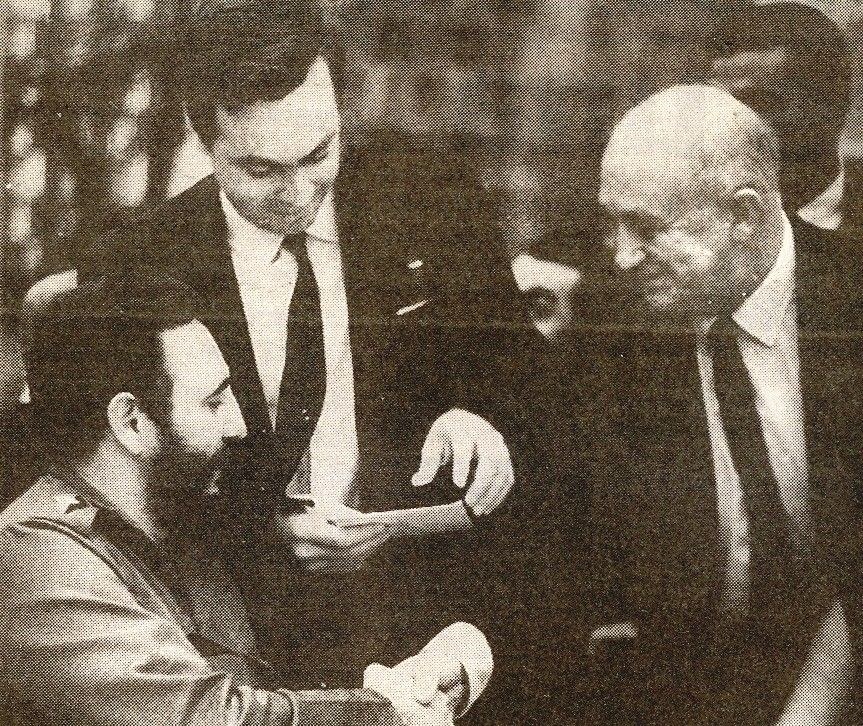
Fidel Castro, Oscar Panno, Miguel Najdorf
Najdorf agreed. Fidel Castro played on board one, his brother Raoul on board two, and President Oswaldo Dortiicos on board three. Che Guevara played on board eight. Najdorf made an early draw with Castro but on the other boards things looked rather well – with the exception of his game against Che Guevara. Therefore, Najdorf decided to be careful and offered the famous guerilla fighter a draw.
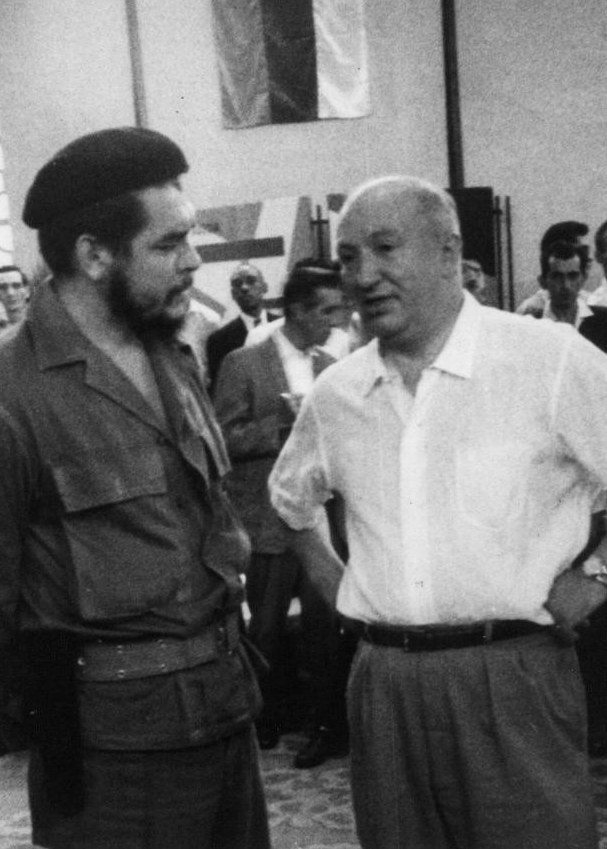
Najdorf and Che Guevara
But Guevara declined: "A draw? No way. You must have forgotten that we've played each other before. Back in 1947 in Mar del Plata. I was still studying medicine and you mated me in a few moves. It was terrible and for many years I have dreamt to get a rematch. This game must be decided one way or another. A draw is impossible." In the end Najdorf won the game and Guevara congratulated him warmly.
In the course of his career Najdorf played and won against a number of world champions: Mikhail Botvinnik, Vasily Smyslov, Mihail Tal, Tigran Petrosjan, and Bobby Fischer.
Najdorf was also a passionate Bridge player, he liked witty and lively exchanges and for many years he wrote an entertaining chess column for the renowned Argentinian daily Clarin.
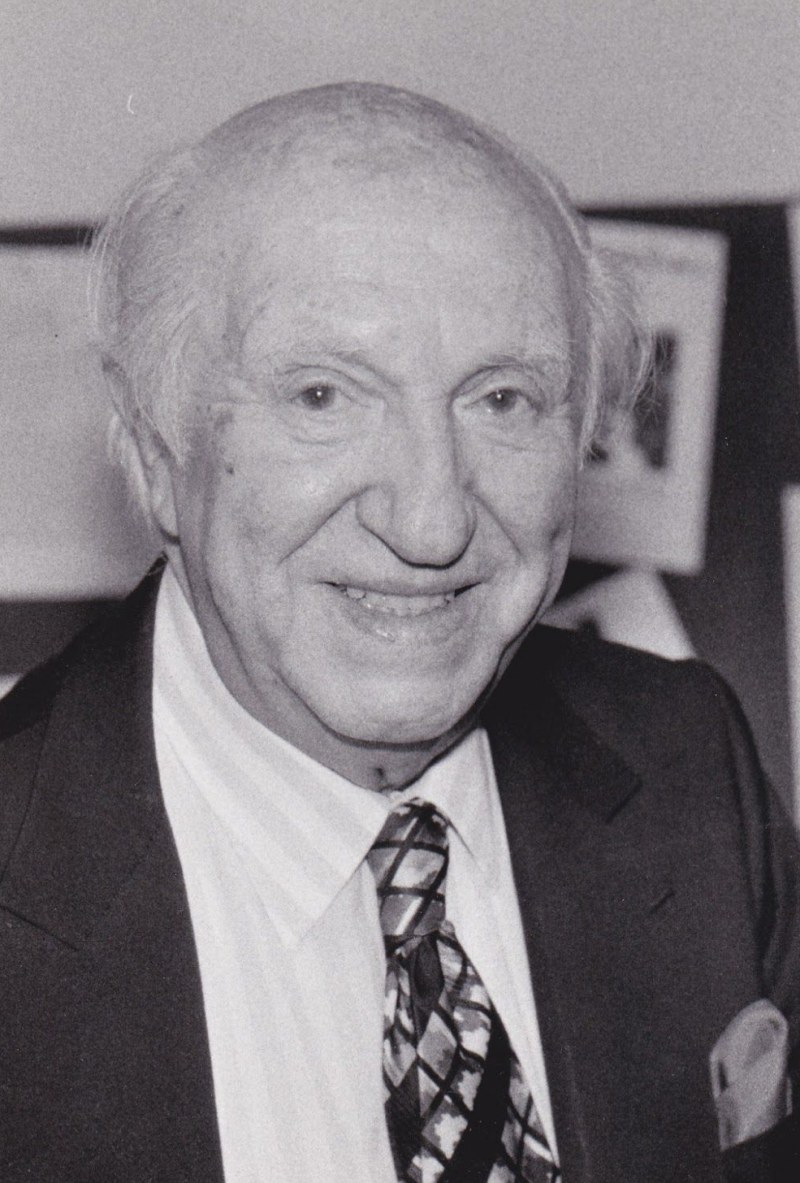
Miguel Najdorf
But Najdorf was not only a successful chess player, he was also a successful businessman. In the 1940s he obtained a licence to become the sole importer of seamless ladies' stockings, thus laying the foundation for his fortune. Later he was a representative for insurance and financial companies and in the 1950s he earned a lot of money in the oil business in Venezuela.
His spectacular win against Glücksberg from 1930 is considered to be one of the best games ever played:
Najdorf died on July 4, 1997 at the University Hospital in Malaga (Spain) due to complications during an operation.
Translation from German: Johannes Fischer
This Najdorf-DVD is suited for the beginner as well as experienced club players. Pelletier presents a classical repertoire that's easy to learn and covers all you need to know about the Najdorf.

